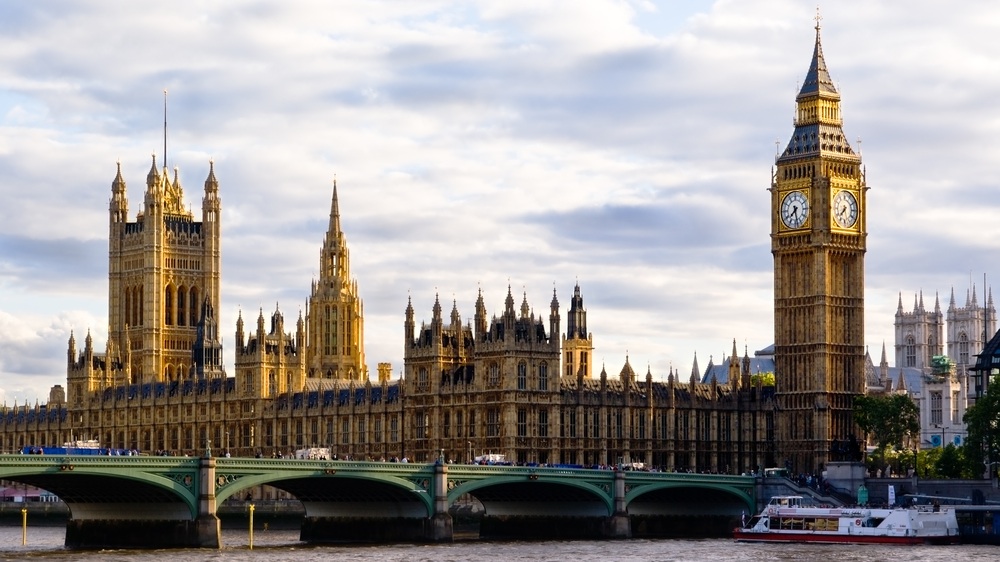Downing Street cats

The tradition of cats being resident at the heart of British government is a tradition which dates back at least to the reign of Henry VIII (1509-1547). Only during recent years, however, have they emerged out of the shadows into the public gaze.
Cats which have lived at the British Prime Minister's house at No 10, Downing Street in London have been treated as employees of the civil service. Their official role was to control the rodent population in what is actually a maze of old buildings dating back to the 1700s located in the part of London known as Whitehall.
During the early years of the Second World War, a cat known as the Munich Mouser lived in Downing Street firstly with Prime Minister Neville Chamberlain, whose ill-fated attempt to avoid war saw his departure from office, and then with Winston Churchill.
When Edward Heath came to power in 1970, there was a cat called Petra already in residence. After Petra's death in 1973, Wilberforce succeeded her, and went on to serve under a total of four different Prime Ministers, which may well be a record. He was said to have so captivated the heart of Margaret Thatcher that she returned from Moscow with a can of sardines specially purchased for him in a supermarket there.
Probably the most famous feline resident here has been Humphrey, a black and white cat, who was charged with this responsibility after the death of his predecessor, Wilberforce in 1987. He turned up as a stray, and was named after a character, Sir Humphrey Appleby, who featured in a popular television series of the time, called Yes, Minister. This focused on the political scheming between ministers and civil servants in Whitehall.
In fact, scandal was never far away during Humphrey's time in office. He was wrongly linked to the death of a nest of young robins, outside the window of Prime Minister John Major early in the summer of 2004, but lingering doubts over his involvement resurfaced later that year, when he was implicated in the death of a duck in nearby St. James' s Park.
Decline and fall

Humphrey's wanderings led to a premature notice of his death being published by the Prime Minister's press office in 2005. It subsequently transpired that, possibly to avoid publicity, he had decamped to the nearby Royal Army Medical College, where he had been adopted as stray, under the pseudonym of PC, meaning “patrol car”.
Things changed after the victory of New Labour in the general election which was held in May 1997. Talk of an alleged rift between Humphrey and the Blair family, who were the new tenants of Downing Street, gave rise to feverish press speculation but was firmly denied. In November that year however, it was suggested that Humphrey should relinquish the role that he had held for nearly a decade, and retire to the country.
Much was made of his chronic kidney problems, which had first being diagnosed four years earlier. Under a cloak of secrecy, he moved to a new address in south London, with his departure only being confirmed after he had left Downing Street, because of fears that he might otherwise have been cat-napped.
Stories then began to circulate that Humphrey might have been put to sleep or had simply died, in the absence of any photographs. Downing Street reacted by organising a trip for journalists so that Humphrey could be visited in his new home by journalists. The resulting photographs appeared to confirm that he was in robust health, and had actually put on weight, having retired from his official role as Chief Mouser to the Cabinet Office.
Media interest in Humphrey then subsided, but was rekindled in 2005, when it was confirmed that he was still alive and well, although then, during the following March, his death was announced, at the age of 18 years old. It also emerged after he left Downing Street that the official papers concerning Humphrey added up to a file which was 1.5 in (3.75 cm) in thickness.
Recent residents
After Humphrey's departure, no successor was appointed to this role until after Prime Minister Tony Blair retired from office in 2007. The next incumbent patrolling Downing Street was briefly resident in the flat above Number 10. Sybil, named after the bossy character in the popular BBC television series Fawlty Towers, was another black and white individual, who lived with the Chancellor of the Exchequer Alastair Darling and his family. She moved in during September 2007, having been brought down from their home in Edinburgh. Sybil was only resident for about six months, having found it hard to adjust to life here in London.
In February 2011, following sightings of rats in the street outside this prestigious address, new premier David Cameron recruited Larry, a four year old tabby and white tom, to join his team. This cat had previously been living as a stray on the streets of south London, before being taken to the famous Battersea Dogs & Cats Home, so it is hoped that he will be well-versed in the art of rat-catching!